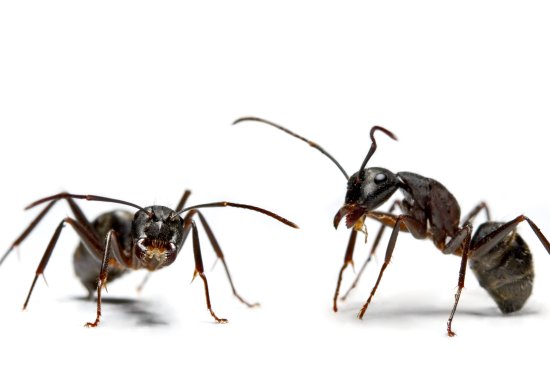
With surprising agility, study finds
Ants aboard the International Space Station showed a surprising ability to regain their footing as they slipped and tumbled through zero gravity, according to a new study that released an ant colony in space just to see what would happen next.
The ants were ferried on a supply rocket to the International Space Station in 2014, where researchers observed how different species might adapt their search habits to a radically new environment.
“The ants showed an impressive ability to walk on the surface in microgravity, and an even more remarkable capacity to regain their contact with the surface once they were tumbling around in the air,” researchers wrote in the journal Frontiers in Ecology and Evolution.
Researchers say the results could offer deeper insights into how ants conduct searches of new terrain without centralized commands, an area of particular interest in robotics, and also an area of comedic interest first explored by a prescient episode of the Simpsons:
The Most Beautiful Space Photos Of 2013





























